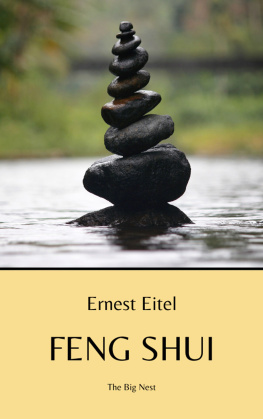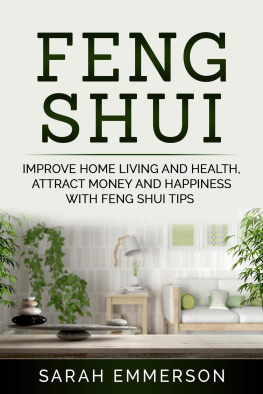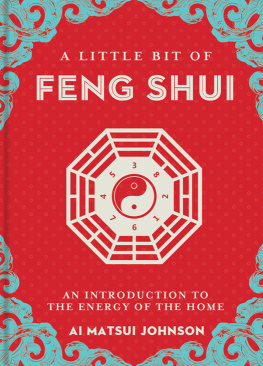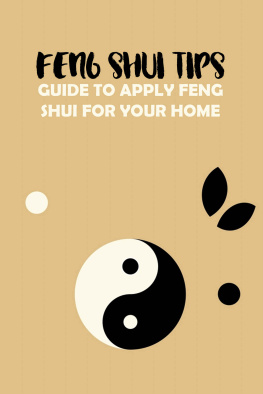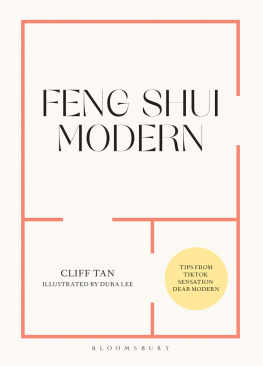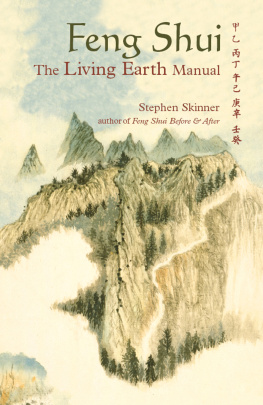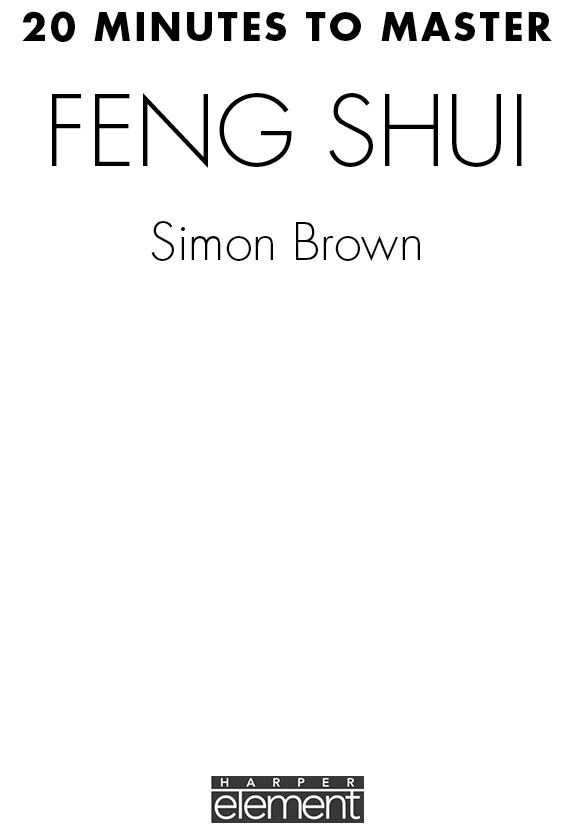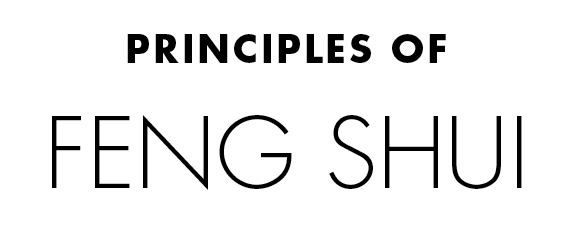This book is split into two parts. The first part, Principles of Feng Shui, is an original, previously published work from an expert in the field. Its a comprehensive and insightful introduction to the subject, explaining the ideas and techniques that will allow you to develop a true understanding and practise it every day.
If you want to truly master Feng Shui in both the short term and the long term look no further. The answers are here.
I would like to start when I began and thank my mother and father for giving me so much of their love, enthusiasm and care throughout my life. Dragana for all her passionate love, for bringing me down to earth when I needed it and then picking me up again. I also thank her for spending so much time cooking the most incredible macrobiotic food for me, taking such good care of me and creating a wonderful home for us. Without all this I could not have written this book. My children Christopher, Alexander, Nicholas and Michael, for being so affectionate and so much fun. They have given me the chance to relive my childhood with them. My brother-in-law Denny Waxman, who first introduced me to what was, then, a whole new world of eastern wisdom, for all his help throughout the years, his excellent lectures and most valued friendship. My sister Melanie who introduced me to macrobiotics, invited me to the USA where I met such inspiring teachers, and for taking such good care of me. I wish to thank the rest of my growing family, Adam, Angela, and all my nieces and nephews for giving me so much joy.
Over the years I have met so many teachers who have helped me along this path, and I thank them all. In particular I wish to thank Michio Kushi for inspiring me to make so many positive changes in my life, and all his profound teachings on oriental philosophy and medicine. Shizuko Yamamoto for training me so well in the art of shiatsu, and keeping me focused on real life practical matters. Patrick McCarty, Rik Vermuyten, Patrick Riley and Saul Goodman for being such good teachers in class and so much fun out of class. I have always benefited from and enjoyed my time spent with Marc Van Cauwenberghe, Bill Tara and William Spear.
The aspect of my work I find most enjoyable is the people I meet. Over the years so many of my clients have become good friends. I wish I had the space to mention them all. I would like to give my special thanks to Boy George, Michael Maloney and Kim Andreolli for making my work so exciting and being such good friends. In the same way I have greatly appreciated the company of Bruce Stonehouse, and I would like to thank him for reading the drafts of this book.
I also wish to thank Gina Lazenby and Heidi Gough for their much appreciated work in organizing lectures and clients for me through the Feng Shui Network International. Harriet McNeer who has supported me so much during my visits to the USA, along with Krista and Reid Berman.
I wish to thank all my clients for giving me the benefit of their experience.
Michelle Pilley, from HarperCollins, who commissioned this book, deserves my warmest gratitude for believing in me and in Feng Shui.
Thank you all.
The first time I had the opportunity to put the principles of Feng Shui into practice in a big way was when I bought an apartment in Primrose Hill, London, towards the end of the 1980s. I had already made sure that the direction of my move was favourable to me at that particular time. The apartment, however, needed considerable attention. Not only that but in terms of Feng Shui principles the bathroom was in the ideal location for the kitchen.
We renovated the whole apartment, building new kitchen, dining room and bathroom using as many of the Feng Shui ideas as possible. The end result was a home that was not only a joy to be in, but also a place that I lived in during a very happy phase in my life.
These are my subjective feelings, however they were confirmed when we came to sell the apartment in 1993. Having bought our home at the peak of the property market in London we were now trying to sell at the bottom of the market. People all over the country were experiencing huge losses on their homes. Repossessions by the banks were running high. Neighbours above our apartment had bought theirs at the same time and were also trying to sell. Their home had lost twenty per cent of its value, which was typical across the country. Amazingly three people expressed an interest in our apartment and were willing to pay fifteen per cent more than we had paid in the 1980s. This more than covered the expense of renovation and left us with a reasonable profit.
I followed the same process when moving to my current address. First I found the best directions available to me in that particular year, and then looked at numerous apartments in that favourable direction until I found one that I considered to have the best Feng Shui. One of the reasons for moving was that I had decided to have my office in my home. Since moving this has been very successful for me. My home is constantly receiving visitors and even people who come for the first time are surprised by the bright, sunny atmosphere.
My own definition of Feng Shui is the art of building design that is solely focused on the success of the occupants. Whenever I am involved in a building project or advise someone on improving their home, my main consideration is how I can help them realize their dreams and desires in their lives. My recommendations are designed so that, whenever they are at home, their environment is actually helping their prospects for the future. I apply the same investigation to their place of work. I focus on how to improve the layout of their workplace so that they can be more successful and have happy relationships with their colleagues.
There are many theories on when and how Feng Shui began. One of them is that the ancient civilizations grew along the banks of the River Lo in China. This area was plagued with destructive floods, which ruined the agriculture and buildings. Eventually, around the year 4000 BC, a man named Fu Hsi made many improvements to the river banks that prevented further flooding. He became emperor and the area began to prosper. The area that enjoyed the greatest success was located with the river to the east and protected from the north-east winds. Feng Shui literally translates to Wind Water.




